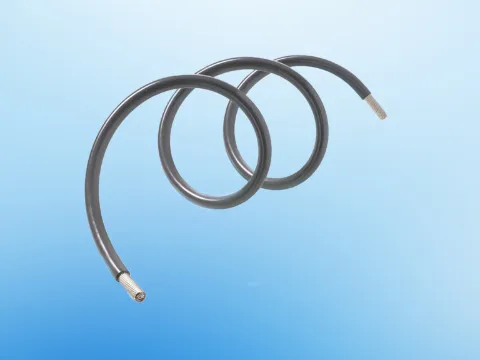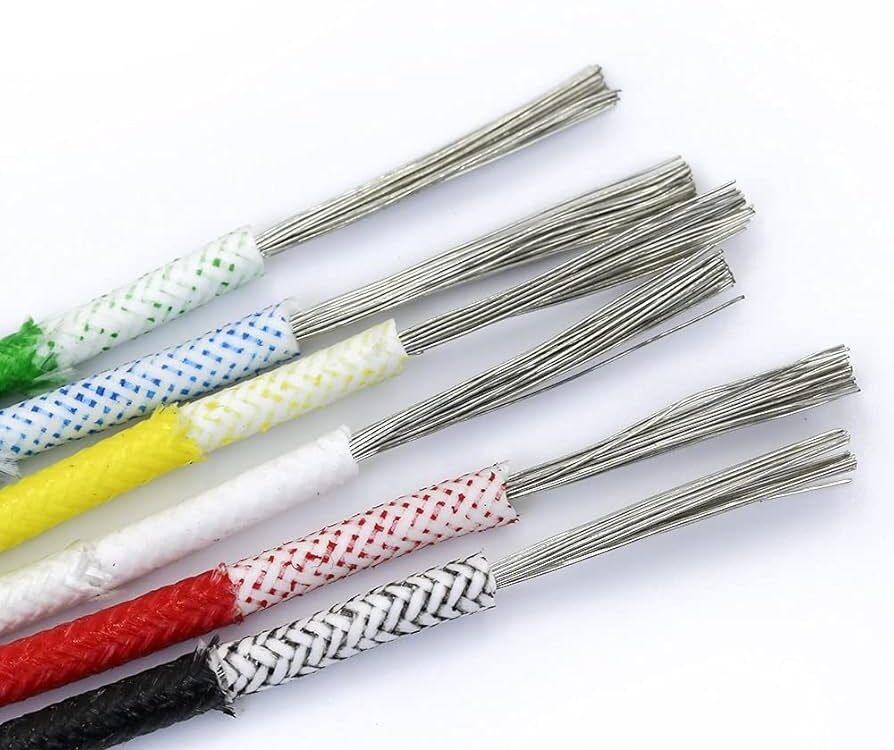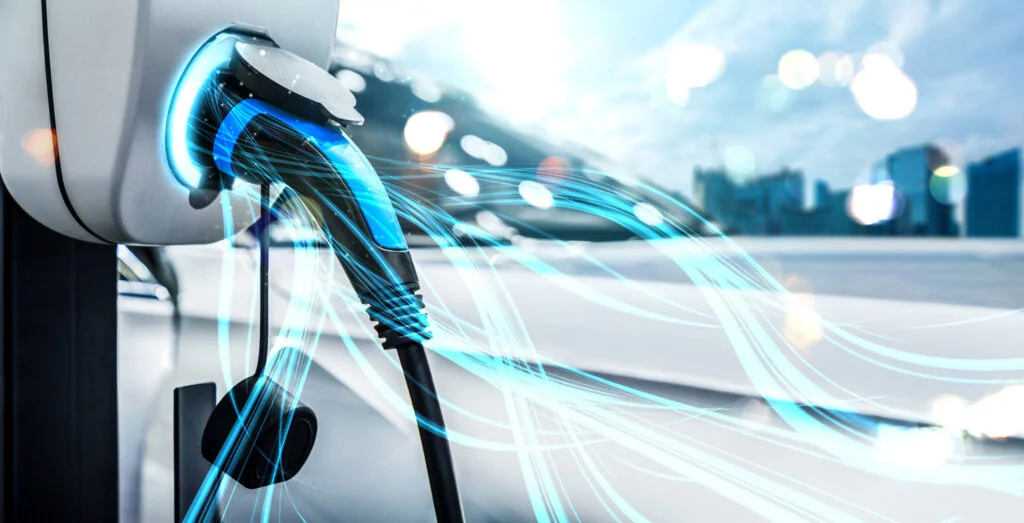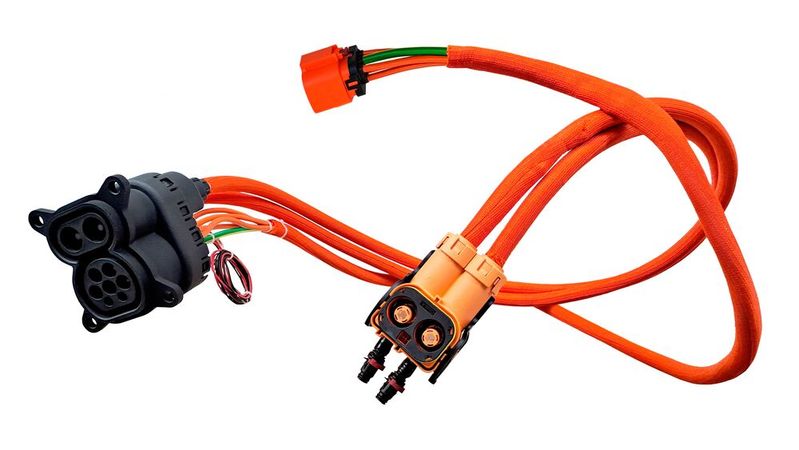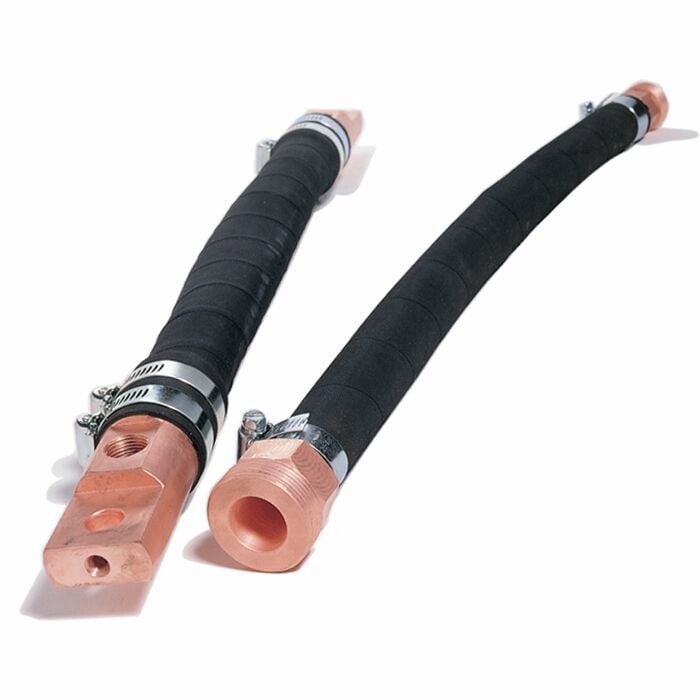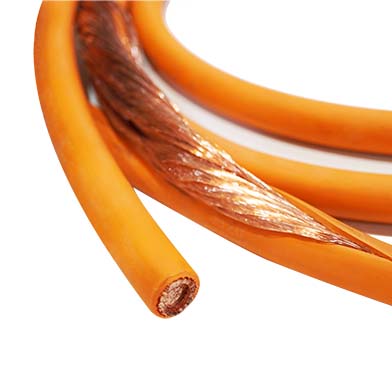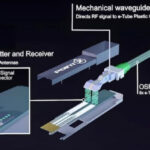- Home
- Products
Power Cables
- Low Voltage Cables - LV
- ——Low Voltage Non-armored Copper Power Cable
- ——Low Voltage Non-armoured Aluminum Power Cable
- ——Low Voltage Steel Tape Armoured Power Cable
- Medium Voltage Cables - MV
- ——Medium Voltage Armored Power Cable
- ——Medium Voltage Non-armored Power Cable
- High Voltage Cables-HV
- Steel Wire Armored Cable (SWA Cable)
- ——Single Core AWA Armoured Cable
- ——2 Core SWA Armoured Cable
- ——3 Core SWA Armoured Cable
- ——4 Core SWA Armoured Cable
- ——5 Core SWA Armoured Cable
- ——SWA Armoured Cable Specifications
- XLPE Insulated Power Cables
- ——XLPE Insulated Single Core Copper Cable
- ——XLPE Insulated 2 Core Copper Cable
- ——XLPE Insulated 3 Core Copper Cable
- ——XLPE Insulated 4 Core Copper Cable
- ——XLPE Insulated 5 Core Copper Cable
- ——XLPE Insulated 3+1 Core Copper Cable
- ——XLPE Insulated 3+2 Core Copper Cable
- Mineral Insulated Cables
- TPS Cable
Renewable Energy Cables
Control & Signal Cables
- Control Cable
- Instrumentation Cable Supplier & Manufacturer
- High-Performance Coaxial Cable Supplier
- VFD Cable
Installation & Building Wire
- Premium Electrical Wire & Cable Supplier
- MC Cable
- NM-B (Non-Metallic Sheathed) Copper Wire
- UF-B Wire
- MTW Wire
Special Cables
- 4/0 Type W Cable – Heavy Duty Portable Power Solutions
- Trunk Trailer ABS Cable
- SO Cable
- Low Smoke Halogen Free Fire Resistant Cable
- Copper Ground Rods
- Copper Clad Steel Antenna Wire
- Marine Power Cords
- Extra High Voltage (EHV) Submarine Power Cables
- Submersible Pump Wire
- Floating cable
- High Temperature Wire
- EV Automotive High Voltage Silicone Rubber Cable
- Braided Stainless Steel Cable
- LC to LC Fiber Patch Cables
- Your Go-To Flexible Cable Supplier & Manufacturer
- Drag Chain Cables
- Silicone Rubber Low Temperature Resistant Cable
Overhead & Aerial Cables
- AAC Conductor
- Aerial Bundled Cable (ABC Cable) Supplier & Manufacturer
- ——NFC 33-209 ABC Cable
- ——0.6/1kV Aerial Bundle Cable
- ——Medium Voltage ABC Cable
- ——Tree Wire Spacer Cable
- ——Aluminum URD Cable
- ——Aluminum XHHW SER SEU RHH RHW-2 XLP USE-2
- Aerial Insulation Line (AIL)
- Bare Stranded Conductors Manufacturer & Supplier
- ——ACSR Conductor
- ——AAAC Conductors
- ——ACAR Conductor
- ——Bare Copper Stranded Conductor
- ——CCS Conductor
- ——ACS Condutcor
- ——Guy Wire
- Overhead Service Drop Cable / Overhead Service Wire
- ——Weatherproof Covered Line Wire
- ——Duplex Overhead Service Drop Cable
- ——Triplex Overhead Service Drop Cable
- ——Quadruplex Overhead Service Drop Cable
- Concentric Service Cable – Reliable Power Distribution Solutions
- ——Aluminum Concentric Service Cable
- ——Copper Concentric Service Cable
- ——Concentric Service Cable with Communication Pilot
- Telephone Drop Cable for Reliable Voice & Data Transmission
- ——PVC Parallel Drop Wires
- ——PE Parallel Drop Wires
- About us
- News
- Contact us
News
Stay updated with the newest developments, industry trends, and expert knowledge about various types of wires and cables. Explore our news section for valuable information and insights.
- Home
- News
Radiation-Resistant Cables: Engineered for Extreme Environments
In environments where radiation is a constant threat to materials and electronics, radiation-resistant cables play a vital role in ensuring long-term electrical reliability. These specialized cables are designed to maintain their electrical and mechanical integrity even when exposed to ionizing radiation such as gamma rays, X-rays, or neutron fields.
Read moreHeat-Resistant Cable: The Ultimate Guide to High-Temperature Performance
In demanding electrical environments, where heat can easily damage ordinary wires, heat-resistant cables provide a reliable solution. These cables are engineered to maintain excellent electrical and mechanical properties even when exposed to extremely high temperatures.
Read moreHigh Temperature Silicone Wire
High Temperature Silicone Wire is designed for applications where durability, flexibility, and heat resistance are essential. With its silicone rubber insulation, this wire maintains excellent electrical performance under extreme temperature conditions — from -60°C to +200°C, and in some cases even higher.
Read moreLiquid vs Air Cooled EV Charging Cable: What’s the Difference?
As electric vehicles (EVs) continue to evolve, so does the technology behind their charging systems. One of the biggest challenges in DC fast charging is managing heat — high currents generate significant thermal buildup, which can affect safety and efficiency. This has led to two main types of cooling systems in EV charging cables: air cooled and liquid cooled.
Read moreLiquid Cooled EV Charging Cable — Ultra-Fast, Safe & Efficient
As electric vehicles (EVs) evolve toward faster charging speeds, traditional air-cooled cables struggle to handle the growing current and heat. The liquid cooled EV charging cable represents the latest innovation in charging technology, combining high current capacity with active liquid cooling to deliver faster charging with enhanced safety and comfort.
Read moreWater Cooling Cable: Efficient Heat Management for High-Power Systems
In high-power electrical and electronic systems, effective thermal management is essential for maintaining performance and reliability. Water cooling cables combine power transmission with an integrated liquid-cooling system, allowing heat to be removed directly from the conductor. This innovation is transforming industries such as EV charging, data centers, welding, and high-frequency power transmission.
Read moreHigh-Voltage Cables for Energy Storage Systems (ESS Cables)
With the rapid growth of renewable energy and grid modernization, energy storage systems (ESS) have become essential in balancing power supply and demand. At the heart of every ESS installation lies a critical component: the high-voltage cable. These ESS cables ensure safe, efficient, and reliable energy transfer between storage units, inverters, and the power grid.
Read moreFlexible DC Submarine Cable: Reliable Power for Undersea Transmission
As the demand for offshore renewable energy and long-distance power transmission grows, flexible DC submarine cables have become a cornerstone of modern subsea infrastructure. Designed to withstand harsh marine environments, these cables provide efficient direct current (DC) power transmission while offering superior mechanical flexibility compared to conventional rigid submarine cables.
Read moreDynamic Subsea Cables: Powering Offshore Energy and Marine Communication
In today’s offshore industries, reliable underwater connectivity is crucial. From floating wind farms to deep-sea oil and gas production and marine research, cables must endure constant motion, pressure, and harsh seawater conditions. This is where dynamic subsea cables—also known as deep-sea dynamic cables or dynamic submarine cables—play a vital role.
Read moreLaser Communication Cable
A laser communication cable is a specialized optical cable designed to support free-space optical (FSO) and laser-based communication systems. Unlike traditional fiber optic cables, which transmit light signals within a glass core, laser communication cables are engineered to handle high-speed, high-capacity data transfer in advanced communication networks, aerospace, and defense applications.
Read more- Low Voltage Cables – LV
- Medium Voltage Cables – MV
- High Voltage Cables-HV
- Steel Wire Armored Cable (SWA Cable)
- XLPE Insulated Power Cables
- Mineral Insulated Cable (MICC/MI Cable)
- TPS Cable
- Control Cable
- Instrumentation Cable
- Coaxial Cable
- VFD Cable
- Computer Cable
- Electrical Wire
- MC Cable
- NM-B (Non-Metallic Sheathed) Copper Wire
- UF-B Underground Feeder Cable
- MTW Wire
- Prefabricated branch cables
- 4/0 Type W Cable
- Trunk Trailer ABS Cable
- SO Cable
- LSZH Cable
- Copper Ground Rods
- Copper Clad Steel Antenna Wire
- High Temperature Wire
- EV Automotive High Voltage Silicone Rubber Cable
- Submersible Pump Wire
- Floating cable
- LC to LC Fiber Patch Cables
- Flexible Cable
- Drag Chain Cables
- Silicone Rubber Low Temperature Resistant Cable
- All-Aluminum Conductors for Overhead Power Lines
- Aerial Bundled Cable (ABC Cable)
- Aerial Insulation Line (AIL)
- Bare Stranded Conductors
- Wind Farm Cables
- Overhead Service Drop Cable
- Concentric Service Cable
- Telephone Drop Cable
- Solar PV Cable
Recent Posts

